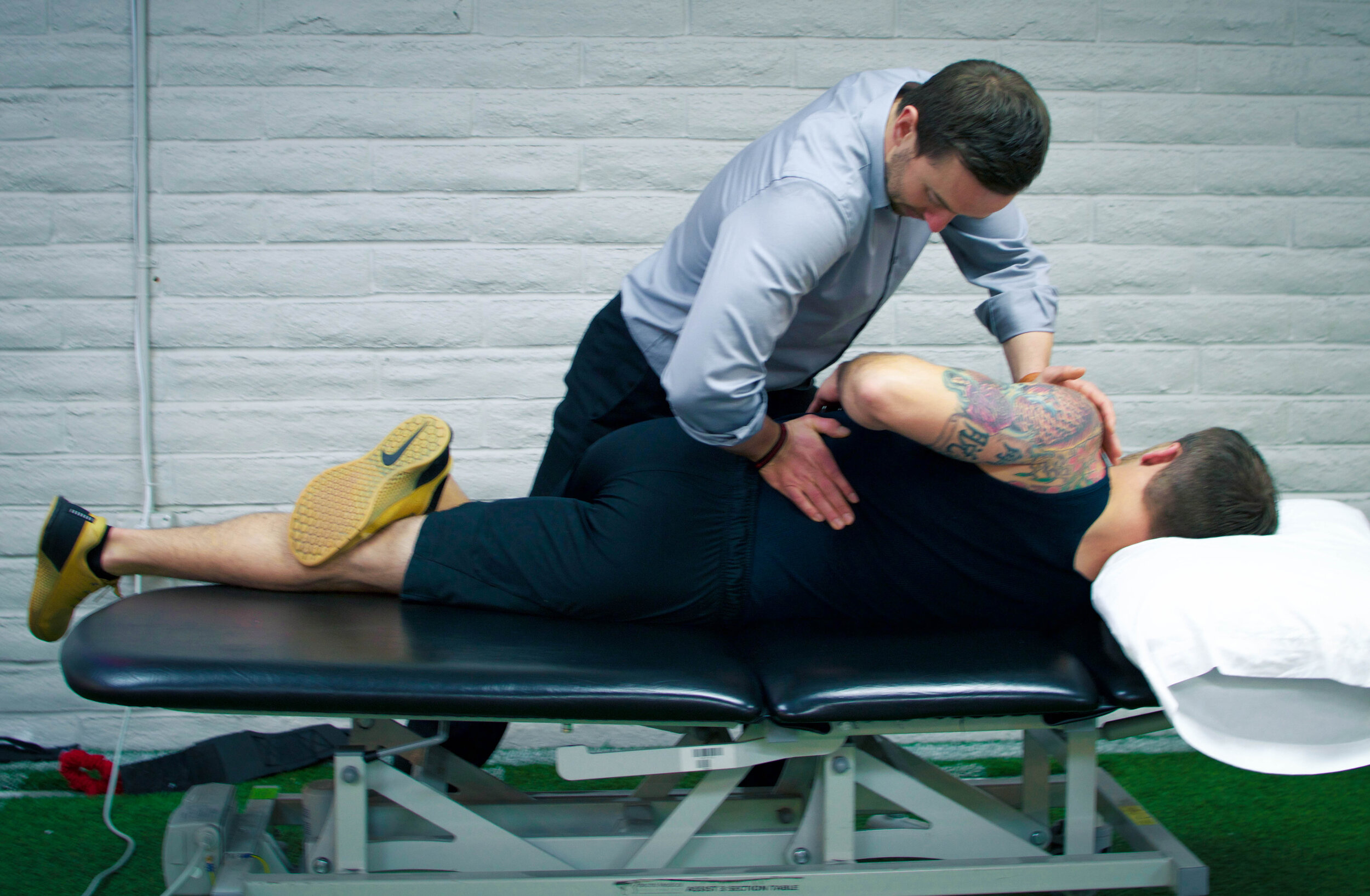Manipulation, along with strength training, remains one of the most effective treatments for patients with sacroiliac (SI) pain. Spinal manipulation by a Physical Therapist provides a unique stimulus to the nervous system creating a complex therapeutic response in the patient. Researchers continue to investigate the mechanisms behind its’ effectiveness including central and peripheral nervous system responses, circulatory changes, and possible mechanical alterations to the targeted joints. The outdated and incorrect theory of repositioning of the spinal joints (ex. out of place or misaligned) with manipulation continues to be disproven with more recent research. Despite evidence to the contrary patients and clinicians alike continue to utilize this theory when explaining the benefits of spinal manipulation.
A classic study on the impact of spinal manipulation of spinal joint alignment was conducted in the journal Spine (Tullberg, 1999). Patients with one sided SI pain were recruited for the study and underwent SI joint clinical testing. As expected many of these static, dynamic, and provocation SI tests were positive in the recruited group of patients. Uniquely, each patient underwent imaging (roentgen stereophotogrammetry) with bone markers prior to treatment. Following this assessment each patient underwent SI joint manipulation and mobilization then was reassessed both clinically with the SI tests and with follow up imaging. As expected, patients reported reduced pain and their clinical SI tests went from positive to negative after the treatment. Conversely, authors reported no change in the position or alignment of the sacrum or ilium on imaging following spinal manipulation.
They concluded the alignment theory of the SI joint was not responsible for the improvement in patient symptoms. They hypothesized the improvements in symptoms could be secondary to nervous system or soft tissue (ligament, muscle, tendon) structures in the spine. Thus, the SI manipulation is effective but for different reasons than were originally posed with the alignment theory.

